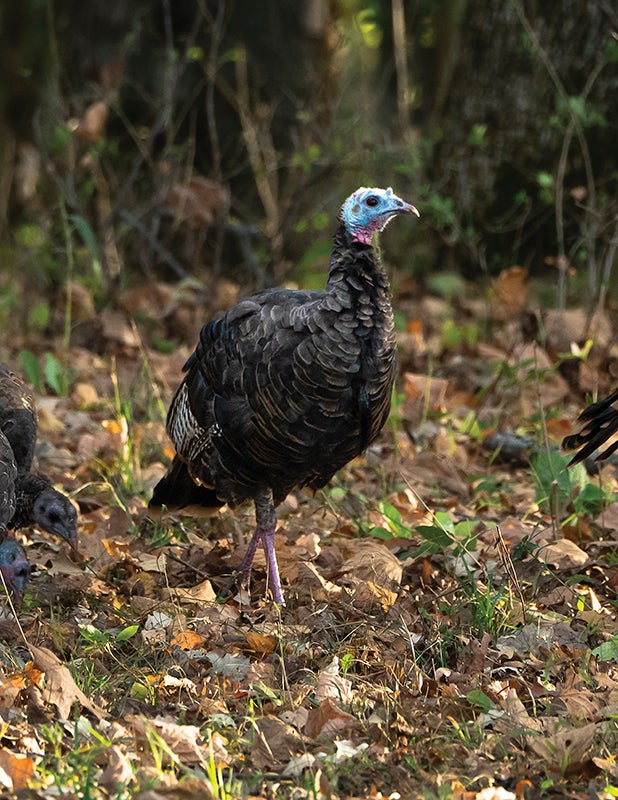Guest Column: 5 tips to keep your pets safe
Published 3:53 pm Tuesday, June 21, 2016
Guest Column by Michelle Nelson
Michelle Nelson is the owner of Ranch & Pet Supply in Albert Lea.
The flowers are blooming and spring cleaning around the house and yard has begun — what a great time of year as new life begins. Here are five tips to keep your pets safe this spring.
1. Toxic plants are in full bloom. Make sure you know which of these plants are growing in your garden; tulips and hyacinth (bulbs are more toxic than the leaf or flower), daffodils, lilies (tiger, day, Easter, Japanese and asiatic are highly toxic to cats and can cause severe kidney failure), crocus and lily of the valley. All of these toxic plants when ingested normally induce drooling, vomiting, diarrhea and in even more severe cases, liver and kidney damage, drop in heart rate and seizures. If your pet exhibits any of these signs, do not wait. Call the Pet Poison Help Line at 1-800-213-6680 or your local veterinarian.
2. Spring fertilizers (even organic). If they contain high amounts of blood meal or iron, they can induce vomiting, diarrhea, severe pancreatitis or iron toxicity. Rose and plant fertilizers that contain disulfoton or other organophosphates can be deadly if consumed. Just 1 teaspoon of 1 percent of disulfoton can kill a 55-pound dog. Again, call the Pet Poison Help Line if your dog gets into your container of fertilizer. Also, if you apply spring fertilizer to your lawn, make sure you keep your pets off the lawn until it has time to get worked into the ground. Remember, everything they get on their feet they ingest.
3. Household cleaning products. We use them every day, but we don’t always think of how much our pets actually ingest. Remember our pets walk, lay and play on our floors, so anything you use to clean your floors gets on their paws and is ingested while they groom themselves. Or what about when your pet drinks out of the toilet, what toxic cleaner did you just use? Look for great non-toxic cleaning alternatives (I use Norwex) to clean your house. These are safe, not just for your pets, but for your entire family.
4. Flea and tick prevention. This is a must in Minnesota. Ticks are normally in full force April through June, and fleas become more prevalent as we get into late summer when it becomes hot and dry in July through October. Whether you use treatments like Advantix, Frontline or choose to go the all-natural route (this is what I use) — getting your pet on a program is a must. Monthly heartworm (transmitted by mosquitoes) prevention is also something you need to consider starting.
5. Seasonal allergies. These affect pets just like they affect people. When dogs with air-borne allergies inhale irritants like pollen and ragweed, they will scratch, lick and chew their paws, or rub their face and ears on the carpet or couch. If left untreated, this skin inflammation will lead to bacterial infections, hot spots, repeat ear infections and anal-gland infections. These secondary symptoms may last year round, leading owners to believe it is a food allergy instead of an air-borne allergy. Many dogs end up at the veterinarian getting an allergy shot to provide relief from these symptoms. What I have found that works the best are homeopathic remedies — 100 percent natural and one-tenth the cost of allergy shots. Homeopathic remedies trigger the immune system itself to fight the allergy, so you are treating the problem, not just the symptoms. If you know this is a yearly problem for your pet, get started on a preventative program today.
Happy spring!







